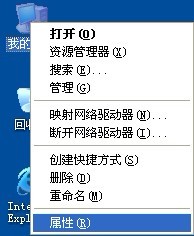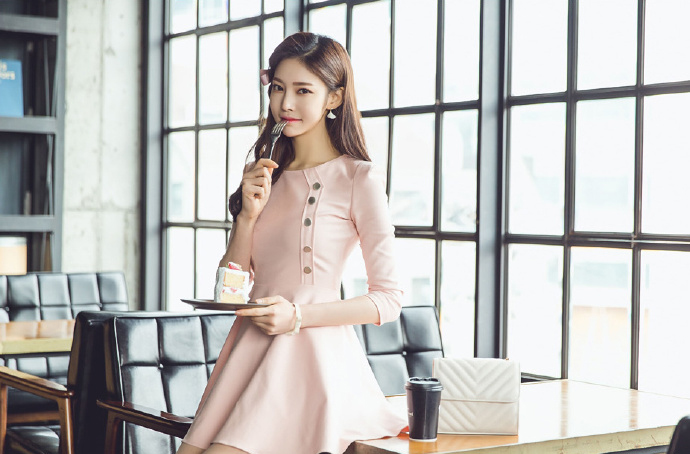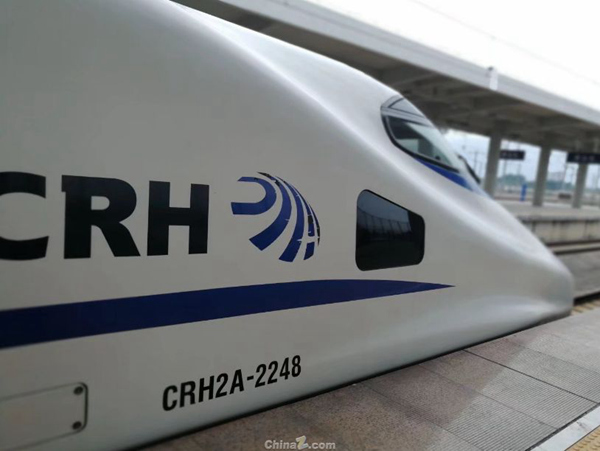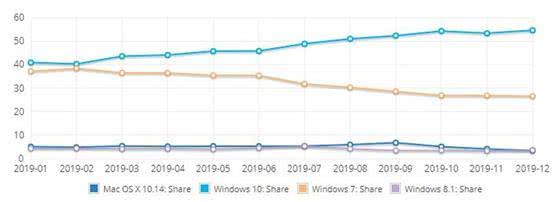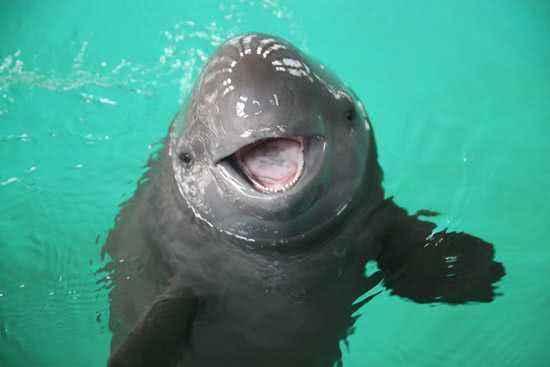Python字典是另一種可變容器模型(無序),且可存儲任意類型對象,如字符串、數字、元組等其他容器模型。本文章主要介紹Python中字典(Dict)的詳解操作方法,包含創建、訪問、刪除、其它操作等,需要的朋友可以參考下。
字典由鍵和對應值成對組成。字典也被稱作關聯數組或哈希表。基本語法如下:
1.創建字典
>>> dict = {'ob1':'computer', 'ob2':'mouse', 'ob3':'printer'}技巧:字典中包含列表:dict={'yangrong':['23','IT'],"xiaohei":['22','dota']}字典中包含字典:dict={'yangrong':{"age":"23","job":"IT"},"xiaohei":{"'age':'22','job':'dota'"}}注意:每個鍵與值用冒號隔開(:),每對用逗號,每對用逗號分割,整體放在花括號中({})。鍵必須獨一無二,但值則不必。 2.訪問字典里的值
>>> dict = {'ob1':'computer', 'ob2':'mouse', 'ob3':'printer'}>>> print(dict['ob1'])computer如果用字典里沒有的鍵訪問數據,會輸出錯誤如下:>>> print(dict['ob4'])Traceback (most recent call last): File "<pyshell#110>", line 1, in <module> print(dict['ob4'])訪問所有值>>> dict1 = {'ob1':'computer', 'ob2':'mouse', 'ob3':'printer'}>>> for key in dict1: print(key,dict1[key]) ob3 printerob2 mouseob1 computer 3.修改字典
>>> dict = {'ob1':'computer', 'ob2':'mouse', 'ob3':'printer'}>>> dict['ob1']='book'>>> print(dict){'ob3': 'printer', 'ob2': 'mouse', 'ob1': 'book'} 4.刪除字典
能刪單一的元素>>> dict = {'ob1':'computer', 'ob2':'mouse', 'ob3':'printer'}>>> del dict['ob1']>>> print(dict){'ob3': 'printer', 'ob2': 'mouse'}刪除字典中所有元素 >>> dict1={'ob1':'computer','ob2':'mouse','ob1':'printer'}>>> dict1.clear()>>> print(dict1){}刪除整個字典,刪除后訪問字典會拋出異常。>>> dict1 = {'ob1':'computer', 'ob2':'mouse', 'ob3':'printer'}>>> del dict1>>> print(dict1)Traceback (most recent call last): File "<pyshell#121>", line 1, in <module> print(dict1)NameError: name 'dict1' is not defined 5.更新字典
update()方法可以用來將一個字典的內容添加到另外一個字典中:>>> dict1 = {'ob1':'computer', 'ob2':'mouse'}>>> dict2={'ob3':'printer'}>>> dict1.update(dict2)>>> print(dict1){'ob3': 'printer', 'ob2': 'mouse', 'ob1': 'computer'} 6.映射類型相關的函數
>>> dict(x=1, y=2) {'y': 2, 'x': 1} >>> dict8 = dict(x=1, y=2) >>> dict8 {'y': 2, 'x': 1} >>> dict9 = dict(**dict8) >>> dict9 {'y': 2, 'x': 1} dict9 = dict8.copy() 7.字典鍵的特性
字典值可以沒有限制地取任何python對象,既可以是標準的對象,也可以是用戶定義的,但鍵不行。兩個重要的點需要記住:1)不允許同一個鍵出現兩次。創建時如果同一個鍵被賦值兩次,后一個值會被記住 >>> dict1={'ob1':'computer','ob2':'mouse','ob1':'printer'}>>> print(dict1){'ob2': 'mouse', 'ob1': 'printer'} 2)鍵必須不可變,所以可以用數,字符串或元組充當,用列表就不行>>> dict1 = {['ob1']:'computer', 'ob2':'mouse', 'ob3':'printer'}Traceback (most recent call last): File "<pyshell#125>", line 1, in <module> dict1 = {['ob1']:'computer', 'ob2':'mouse', 'ob3':'printer'}TypeError: unhashable type: 'list' 8.字典內置函數&方法
Python字典包含了以下內置函數:1、cmp(dict1, dict2):比較兩個字典元素。(python3后不可用)2、len(dict):計算字典元素個數,即鍵的總數。3、str(dict):輸出字典可打印的字符串。4、type(variable):返回輸入的變量類型,如果變量是字典就返回字典類型。Python字典包含了以下內置方法:1、radiansdict.clear():刪除字典內所有元素2、radiansdict.copy():返回一個字典的淺復制3、radiansdict.fromkeys():創建一個新字典,以序列seq中元素做字典的鍵,val為字典所有鍵對應的初始值4、radiansdict.get(key, default=None):返回指定鍵的值,如果值不在字典中返回default值5、radiansdict.has_key(key):如果鍵在字典dict里返回true,否則返回false6、radiansdict.items():以列表返回可遍歷的(鍵, 值) 元組數組7、radiansdict.keys():以列表返回一個字典所有的鍵8、radiansdict.setdefault(key, default=None):和get()類似, 但如果鍵不已經存在于字典中,將會添加鍵并將值設為default9、radiansdict.update(dict2):把字典dict2的鍵/值對更新到dict里10、radiansdict.values():以列表返回字典中的所有值
以上這篇python字典的常用操作方法小結就是小編分享給大家的全部內容了,希望能給大家一個參考,也希望大家多多支持VEVB武林網。

